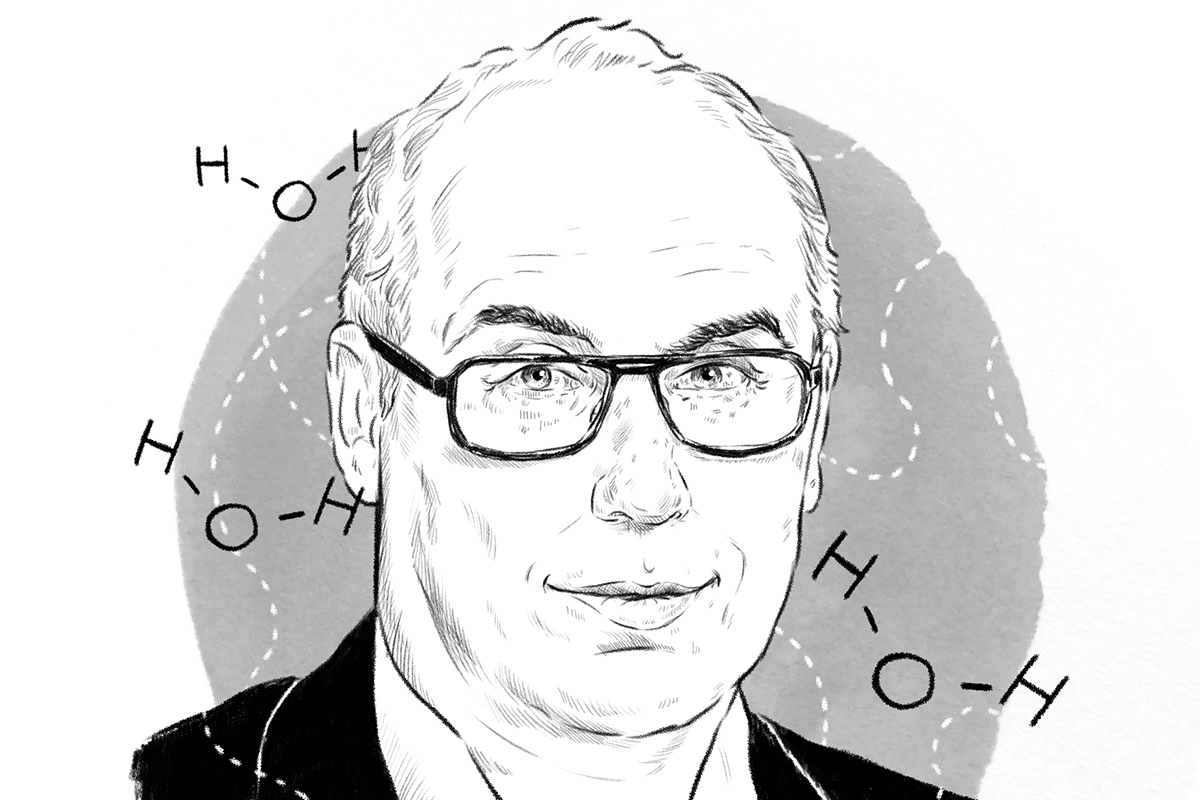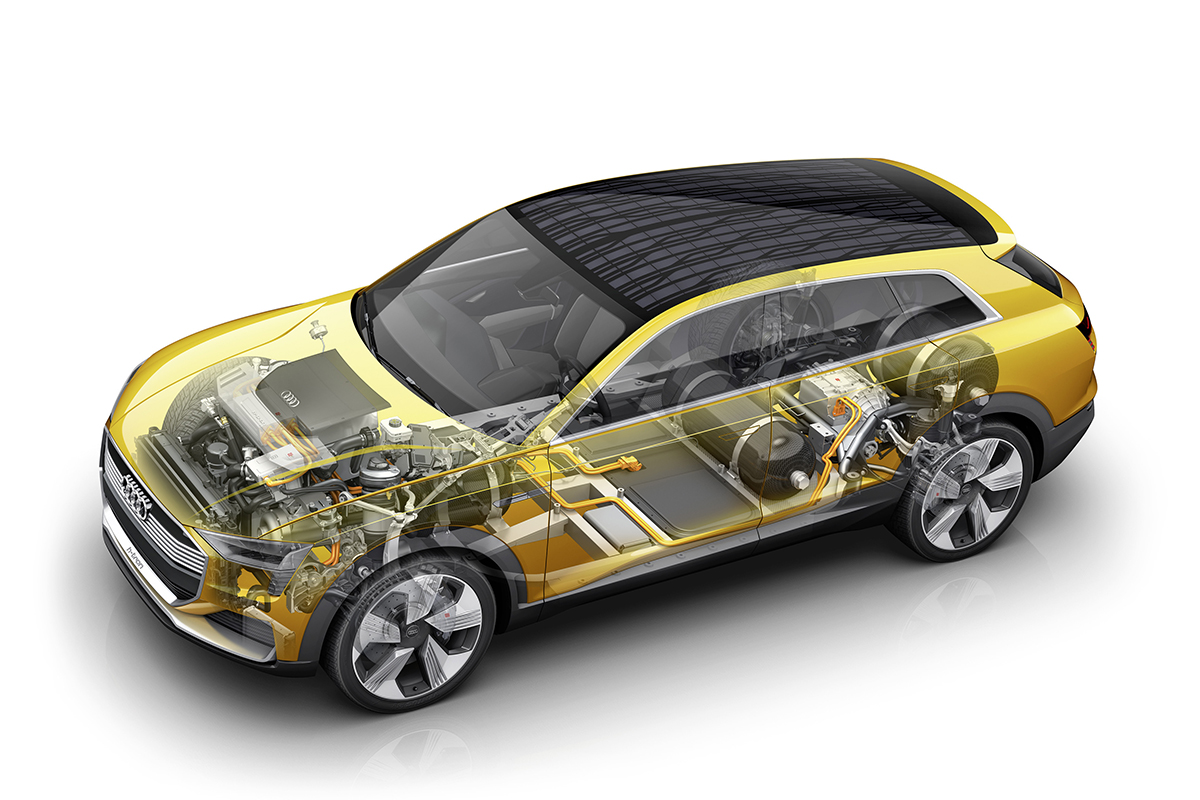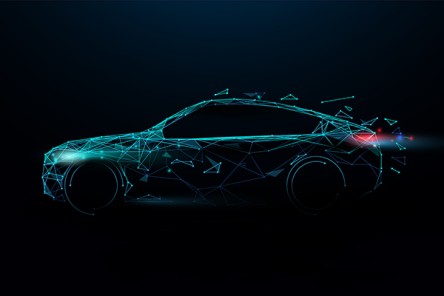Wednesday afternoon, 4 pm. René casually leans against a bar table in the PSW canteen and sips his coffee. His tallness and serious, carefully chosen words lend a certain emphasis to what he has to say, and his charming Dutch accent means you can’t help liking him. At PSW, he is a specialist in fuel cells and is helping the company to build up the necessary know-how to support Audi in integrating this drive system in vehicles.
“On the one hand, we have to understand the technology and, on the other hand, we have to understand the legal situation. To this end, we are creating teams at our facilities in Gaimersheim and Neckarsulm, thus setting the course for the future in the long term as an innovative engineering development partner.”


